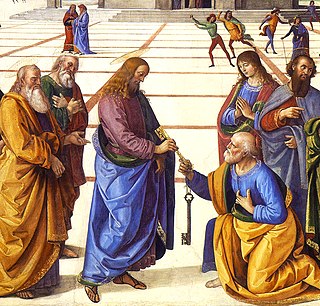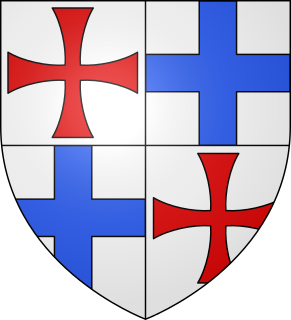 W
WThe grand master of the Knights Templar was the supreme commander of the holy order, starting with founder Hugues de Payens in 1118. Some held the office for life while others resigned life in monasteries or diplomacy. Grand masters often led their knights into battle on the front line and the numerous occupational hazards of battle made some tenures very short.
 W
WEverard des Barres was the third Grand Master of the Knights Templar from 1147 to 1151.
 W
WThomas Bérard, was the 20th Grand Master of the Knights Templar, from 1256 to 1273.
 W
WBernard de Tramelay was the fourth Grand Master of the Knights Templar.
 W
WBertrand de Blanchefort, was the sixth Grand Master of the Knights Templar, from 1156 until his death in 1169. He is known as a great reformer of the order.
 W
WRichard de Bures may have been seventeenth Grand Master of the Knights Templar, from 1245 to 1247, although many sources make no mention of him. It is possible he simply acted as a Master during Périgord's captivity.
 W
WThibaud Gaudin was the Grand Master of the Knights Templar from August 1291 until his death in April 1292.
 W
WGuillaume de Beaujeu, aka William of Beaujeu was the 21st Grand Master of the Knights Templar, from 1273 until his death during the siege of Acre in 1291. He was the last Grand Master to preside in Palestine.
 W
WGuillaume de Chartres, was a grand master of the Knights Templar from 1210 – 26 August 1218.
 W
WGilbert Horal or Erail was the 12th Grand Master of the Knights Templar from 1193 to 1200.
 W
WJacques de Molay, also spelled "Molai", was the 23rd and last grand master of the Knights Templar, leading the order from 20 April 1292 until it was dissolved by order of Pope Clement V in 1312. Though little is known of his actual life and deeds except for his last years as Grand Master, he is one of the best known Templars.
 W
WPeire de Montagut was Grand Master of the Knights Templar from 1218 to 1232. He took part in the Fifth Crusade and was against the Sultan of Egypt's conditions for raising the siege of Damietta. He was previously Master of the Crown of Aragon.
 W
WAndré de Montbard was the fifth Grand Master of the Knights Templar and also one of the founders of the Order.
 W
WHugues de Payens or Payns was the co-founder and first Grand Master of the Knights Templar. In association with Bernard of Clairvaux, he created the Latin Rule, the code of behavior for the Order.
 W
WPhilip of Milly, also known as Philip of Nablus, was a baron in the Kingdom of Jerusalem and the seventh Grand Master of the Knights Templar. He briefly employed the troubadour Peire Bremon lo Tort in the Holy Land.
 W
WPhilippe du Plessis was the 13th Grand Master of the Knights Templar. He was born in the fortress of Plessis-Macé, Anjou, France. In 1189 he joined the Third Crusade as a simple knight, and discovered the Order of the Temple in Palestine. After the death of Gilbert Horal he became Grand Master. He helped uphold the treaty between Saladin and Richard I. In the renewal of this treaty in 1208 he suggested that the Teutonic Order and Hospitallers should make a new peace treaty offer with Malek-Adel. The accord was criticised by Pope Innocent III.
 W
WGérard de Ridefort, also called Gerard de Ridefort, was Grand Master of the Knights Templar from the end of 1184 and until his death in 1189.
 W
WRobert de Craon or Robert Burgundio was the second Grand Master of the Knights Templar from June 1136 until his death. He was a member of the Craon family, son of Renaud le Bourguignon and Ennoguen de Vitré.
 W
WRobert IV de Sablé was Lord of Sablé, the eleventh Grand Master of the Knights Templar from 1191 to 1192 and Lord of Cyprus from 1191 to 1192. He was known of as the Grand Master of the Knights Templars and the Grand Master of the Holy and Valiant Order of Knights Templars.
 W
WGuillaume de Sonnac was Grand Master of the Knights Templar from 1247 to 1250.
 W
WArnold of Torroja was a knight of Crown of Aragon and the ninth Grand Master of the Knights Templar from 1181 until his death in 1184.
 W
WRenaud (Reginald) de Vichiers was the 19th Grand Master of the Knights Templar from 1250 to 1256.